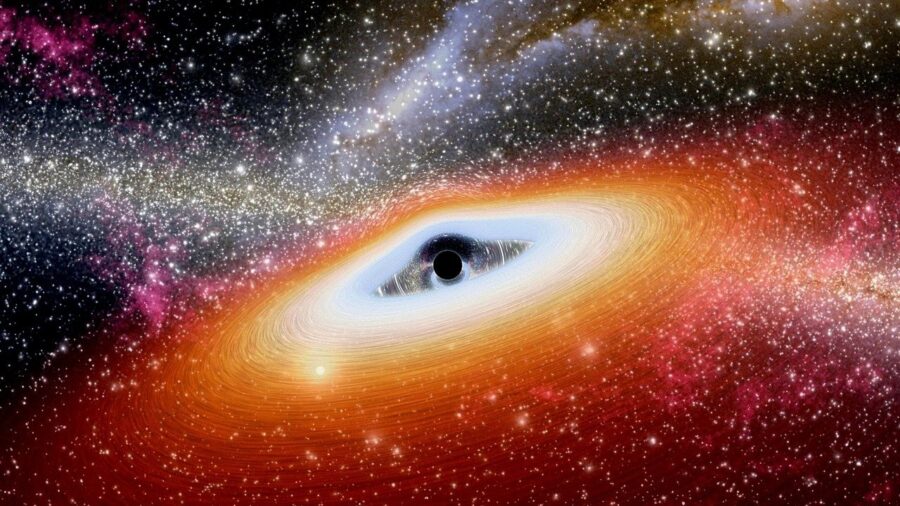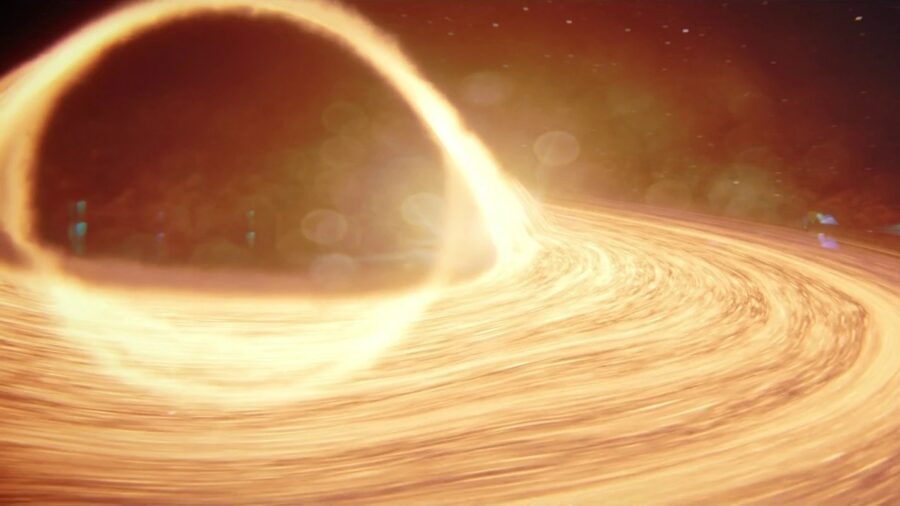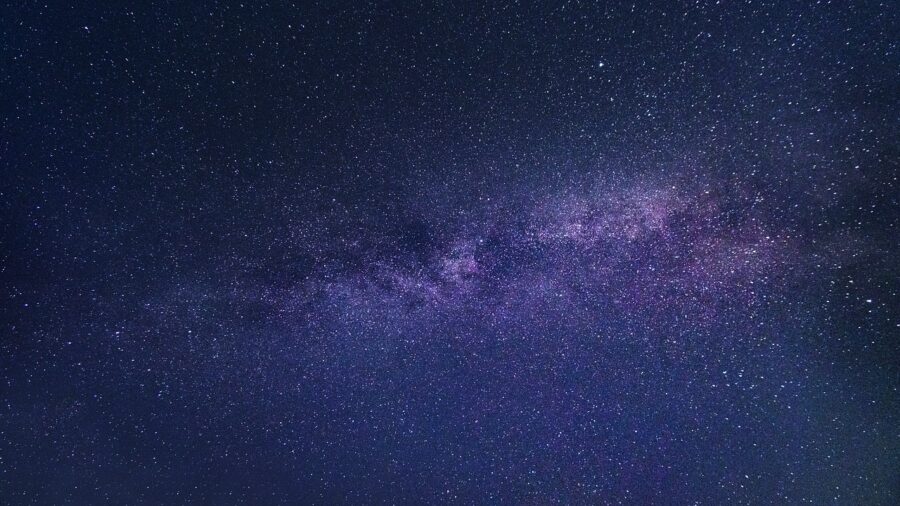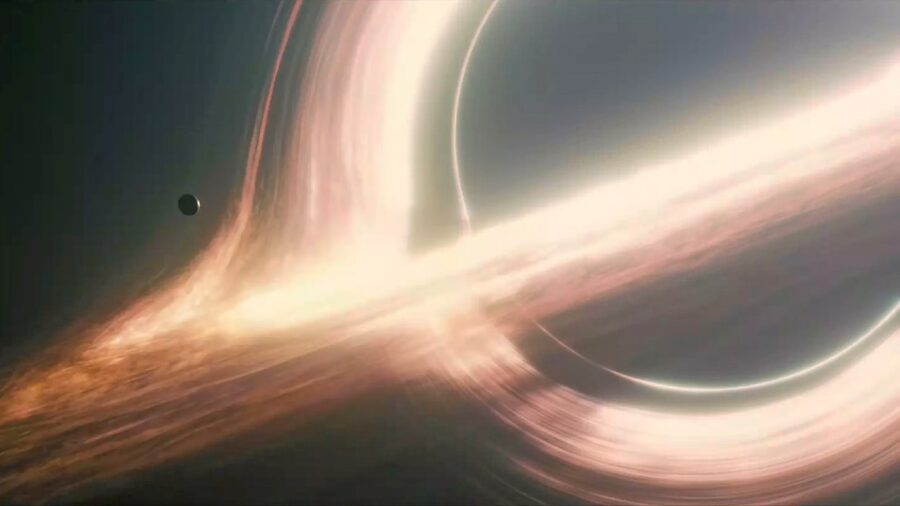Milky Way Heart Approaching Cosmic Speed Limit

At the heart of our Milky Way galaxy is a supermassive black hole known as Sagittarius A* which, according to Live Science, is spinning at a rate close to what might be called the cosmic speed limit. The black hole is spinning just about as fast as it can, so much so that space-time itself is being pulled along with it, which is shaping the center of our galaxy. Sagittarius A* (Sgr A*) has recently been the focus of physicists who used NASA’s Chandra X-ray Observatory to clock the speed of its rotation by monitoring radio waves and X-rays coming off of its material outflows.
Milky Way’s Black Hole Is Pushing The Cosmic Speed Limit

This gave them the information they needed to find out that the Milky Way’s black hole is pushing the cosmic speed limit, which is close to the speed of light. This maximum rotational speed is assigned a value in a range from 0 to 1, with the rotational speed of Sgr A* coming in at between 0.84 and 0.96. These findings by physicist Ruth A. Daly and her colleagues at Penn State were published in the scientific journal Monthly Notices of the Royal Astronomical Society on October 21.
The finding that the black hole at the center of the Milky Way is rotating at a rate close to the cosmic speed limit has, according to theoretical physicist Xavier Calmet of the University of Sussex, “far-reaching implications” for how scientists understand the formation of black holes and their associated astrophysical processes. Calmet was not involved in the research conducted by Daly and her team, but spoke with Live Science about their findings. His statement is rooted in the ways in which the spinning of black holes differs from that of other objects in space.
What This Tells Us About The Formation Of Black Holes

With the rotation of the Milky Way’s black hole approaching the cosmic speed limit, scientists can learn more about what is causing it to spin at that rate and compare these findings with those related to other black holes. While stars, asteroids, and planets all have physical surfaces, black holes are not solid bodies but rather space-time regions that are held together by their event horizon, which itself is non-physical and does not even allow light to escape.
Therefore, the speed of the rotation of black holes, according to Calmet, is discussed in terms of angular momentum rather than the distribution of mass, which determines the rotation speed of stars and planets.
Bending Space-Time

As the black hole at the center of the Milky Way pushes the cosmic speed limit, the extreme gravitational forces create an ergosphere, an area where space-time is twisted and curved in a way that does not happen with physical cosmic bodies. As black holes pull and twist space-time itself, anything within the ergosphere gets pulled into that twisting by the gravitational forces at work. This is known as the “Lensing-Thirring effect,” also called “frame dragging,” which is responsible for strange visual anomalies around black holes.
The rotation of the black hole at the core of the Milky Way galaxy has been clocked at near the cosmic speed limit by the monitoring of gravitational lensing, which refers to the twisting of the trajectory of light near a black hole. This effect causes light rings around a black hole as well as its shadow. A black hole’s top speed is theoretical and is calculated on the basis of how it grows, which is related to the rate at which it consumes mass.
Mass And Cosmic Speed

This cosmic speed limit exists with reference to the angular momentum of black holes like the one at the center of the Milky Way galaxy. The rotation of a black hole increases as matter falls into it, but the black hole itself can only possess a certain amount of angular momentum. Black holes with more mass have a difficult time spinning at a higher rate because they have a higher gravitational pull.
It is therefore the mass of the black hole at the center of the Milky Way that allows it to so closely approach the cosmic speed limit. With a mass close 4.5 million times that of our sun, Sgr A* outpaces the first black hole to be photographed. That black hole, at the center of galaxy M87, has a spin speed between 0.89 and 0.91, quite a bit lower than the speed of 0.84 to 0.96 exhibited by Sgr A*.
Unraveling The Mysteries Of Black Holes

Its comparatively larger Mass of 6.5 billion times that of our sun makes it more challenging for this black hole to approach the cosmic speed limit than it is for the one at the center of the Milky Way. Differences in the speed of black hole rotations can also be caused by how a black hole interacts with its surroundings, such as accretion disks, meaning rotational information can help scientists understand more about these interactions. As astronomers learn more about Sagittarius A* and other black holes, they will continue to unfold the narrative of our universe.












